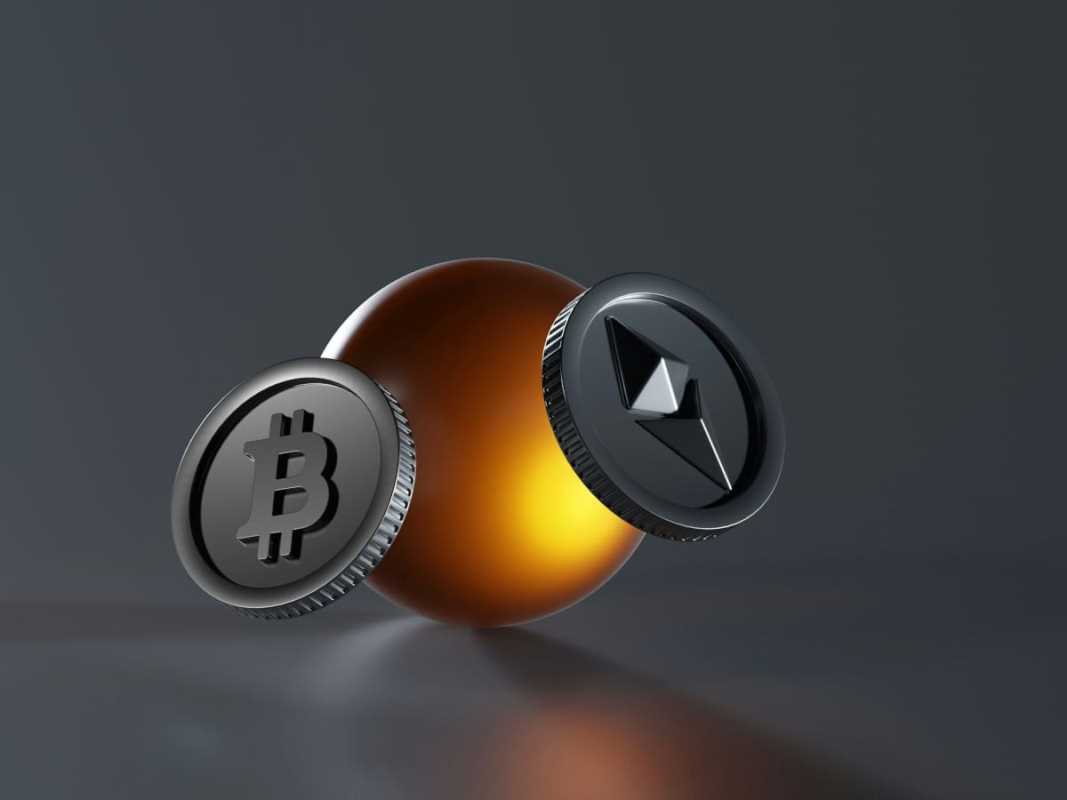In an era dominated by digital currencies, blockchain technology, and virtual assets, the allure of gold remains as strong as ever. Despite the rise of cryptocurrencies like Bitcoin and the increasing digitization of financial systems, gold continues to hold a unique place in the global economy.
Its enduring appeal lies in its tangible nature, historical significance, and role as a safe-haven asset. As we navigate the complexities of the digital age, gold’s timeless value offers stability, security, and a connection to a tradition that spans millennia. Let’s explore why gold continues to captivate investors and individuals in a world increasingly driven by ones and zeros.
A Tangible Asset in an Intangible World
One of the most compelling reasons for gold’s enduring allure is its physicality. In a world where financial transactions are often conducted digitally and assets exist primarily as entries in a database, gold stands out as a tangible, real-world asset. You can hold a gold coin or bar in your hand, store it in a safe, or pass it down as an heirloom. This tangibility provides a sense of security and permanence that digital assets simply cannot replicate.
For many, owning gold is a way to preserve wealth in a form that is immune to cyberattacks, technological failures, or the whims of digital markets. While cryptocurrencies and digital assets are vulnerable to hacking and regulatory changes, gold remains a stable and reliable store of value. Its physical nature makes it a trusted asset in times of uncertainty, offering a hedge against the volatility of the digital world.
A Safe-Haven Asset in Times of Crisis
Gold has long been regarded as a safe-haven asset, a refuge for investors during times of economic and geopolitical instability. When stock markets tumble, currencies fluctuate, or global tensions rise, gold often retains or even increases its value. This characteristic has made it a cornerstone of investment portfolios for centuries.
For example, during the 2008 financial crisis, the price of gold surged as investors sought to protect their wealth from the collapsing stock market. Similarly, the COVID-19 pandemic saw a renewed interest in gold as a safe-haven asset, with prices reaching record highs in 2020. In a digital world where financial markets can be highly volatile and unpredictable, gold’s stability provides a reassuring anchor for investors.
A Hedge Against Inflation and Currency Devaluation
Another reason for gold’s enduring appeal is its ability to act as a hedge against inflation and currency devaluation. Unlike fiat currencies, which can be printed in unlimited quantities by central banks, gold is a finite resource with a relatively stable supply. This scarcity ensures that gold retains its value over time, even as the purchasing power of paper currencies erodes due to inflation.
In countries experiencing hyperinflation or economic instability, gold often becomes a preferred store of value. For instance, during periods of hyperinflation in Venezuela and Zimbabwe, gold provided a lifeline for individuals seeking to preserve their wealth. In a digital world where central banks are exploring digital currencies and unconventional monetary policies, gold’s role as a hedge against inflation remains as relevant as ever.
A Bridge Between Tradition and Innovation
While gold is often associated with tradition, it has also adapted to the digital age in innovative ways. The rise of digital gold platforms and gold-backed cryptocurrencies has made it easier than ever to invest in and trade gold. These platforms allow investors to buy, sell, and store gold digitally, combining the convenience of modern technology with the timeless value of gold.
For example, gold-backed cryptocurrencies like PAX Gold (PAXG) and Tether Gold (XAUT) enable investors to own fractional amounts of gold through blockchain technology. Each token represents a specific amount of physical gold stored in secure vaults, providing the benefits of gold ownership without the need for physical storage. This fusion of tradition and innovation has expanded gold’s appeal to a new generation of tech-savvy investors.
A Symbol of Wealth and Status
Beyond its financial attributes, gold holds a deep cultural and symbolic significance. Throughout history, gold has been associated with wealth, power, and prestige. From ancient civilizations to modern societies, gold has been used to create jewelry, artifacts, and currency, symbolizing prosperity and success.
In many cultures, gold is an integral part of weddings, festivals, and religious ceremonies. Its aesthetic appeal and rarity make it a prized possession, often passed down through generations as a family heirloom. In a digital world where wealth can be intangible and fleeting, gold’s symbolic value offers a tangible connection to tradition and heritage.
In a world increasingly defined by digital innovation, gold’s enduring allure lies in its ability to offer stability, security, and a connection to tradition. Whether as a safe-haven asset, a hedge against inflation, or a symbol of wealth, gold continues to play a vital role in the global economy. As we embrace the opportunities and challenges of the digital age, gold’s timeless value reminds us of the importance of preserving what truly matters. So, whether you’re an investor, a collector, or simply someone who appreciates its beauty, gold remains a shining beacon in an ever-changing world.
 (Image via
(Image via





